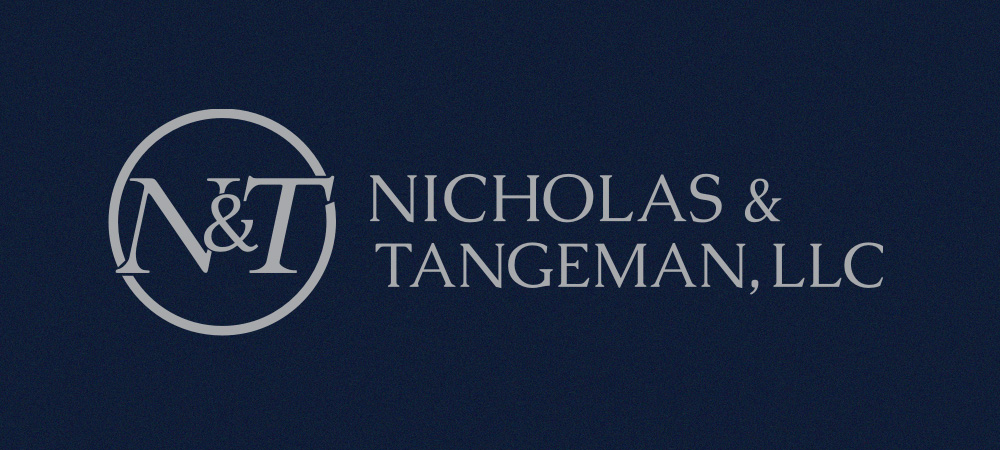Follow Us x
HEALTH REIMBURSEMENT ARRANGEMENTS (HRAs))
FOR SMALL EMPLOYERS
FOR SMALL EMPLOYERS
Before the Affordable Care Act (ACA), annual and lifetime limits and requirements to provide certain preventive services without imposing any cost-sharing, health reimbursement arrangements (HRAs) or medical reimbursement plans were popular with employers. Many HRA plans were simple documents providing the employer would reimburse his or her employees for some or all of the premiums they paid to obtain health insurance. HRAs could also have provisions to reimburse employees for deductibles or co-pays the employee incurred under the employer’s health plan or under the employee’s individual health insurance policy. HRAs provided monthly or annual limits on the amount the employer would reimburse each employee and were somewhat effective in reducing the employer’s exposure to health insurance premium increases. HRAs had to be non-discriminatory and could not favor highly compensated employees or owners.
Under the ACA, HRAs were considered group health plans and subject to the ACA annual/lifetime limits prohibitions and prevention services requirements. That meant only two types of HRAs could continue. First, a HRA could still exist for an employer with only one employee. A one employee HRA was not classified as a group health plan and was not subject to ACA limitations applicable to group health plans. Second, an employer could maintain a HRA in conjunction with a group health plan that was ACA compliant where the HRA supplemented the employer’s ACA compliant plan by reimbursing deductibles and co-pays and reimbursing employee’s premium payments for the employee’s family members. A HRA could not be used to reimburse an employee for premium payments for the employee’s coverage or the coverage of his or her dependents under an independent or exchange offered health insurance policy.
At the end of 2016, a bill called the Cures Act was passed and signed into law by the President. The main purpose of the Cures Act was to devote additional funding to cancer research and treatment programs. However, as is often true with many items of legislation, there were some additional non-cancer related provisions. One of those additional provisions was a change exempting certain small business HRAs from classification as group health plans. These HRAs are called qualified small employer health reimbursement arrangements (QSEHRAs). QSEHRAs provide a new opportunity for small employers to provide their employees health insurance coverage.
A QSEHRA must be a written plan that meets the following requirements:
1. The plan is maintained by an eligible employer. An eligible employer is one that employs fewer than 50 employees and doesn’t offer any group health plan to any of its employees.
2. The plan is provided on the same terms to all eligible employees. However, the employer may exclude employees who haven’t completed 90 days of service, employees under age 25, part-time or seasonal employees, employees covered in a collective bargaining unit and certain nonresident aliens. Claims for reimbursement do not have to be the same for each employee. Employee reimbursements may vary based on differences in health insurance premiums due to age or other factors that affect the cost of health insurance in the individual market.
3. The plan is funded solely by the eligible employer, and no employee salary reduction contributions are allowed under the arrangement.
4. Employees must provide a proof of coverage before the plan pays or reimburses qualified health care expenses and annually thereafter. Coverage must be health insurance providing ACA minimum essential coverage (MEC). Qualified health care expenses include the employee’s premiums for the health insurance coverage.
5. For 2019, the amount of payments and reimbursements will be limited to $5,150 for a QSEHRA providing individual coverage or $10,450 for a QSEHRA providing family coverage. The maximum reimbursement amounts are increased for inflation annually.
Employers have certain notification and reporting requirements for QSEHRAs. Employers must notify in writing eligible employees 90 days before starting the plan and 90 days before the beginning of each plan year of the following:
1. The eligible employee’s permitted annual benefit amount as a single participant and, if different, the permitted benefit amount with family member participation.
2. Eligible employees must inform any exchange marketplace of the amount of the employee’s permitted benefit if the employee applies for the premium tax credit (PTC) and that the employee’s permitted benefit may affect eligibility for the PTC.
3. If the eligible employee does not have minimum essential coverage for any month, reimbursements under the QSEHRA for expenses for that month will be included in the employee’s gross income.
Employers must report an eligible employee’s permitted benefit under the QSEHRA on the employee’s W-2 form in box 12. The amount reported is not what the employee actually received in reimbursements, but what the employee was permitted to receive.
Employees participating in QSEHRAs that only reimburse insurance premiums paid, are eligible to also contribute to a Health Savings Account (HSA) if the employee is reimbursed for a high deductible MEC policy.
Bob Leonard, Nicholas & Tangeman, LLC, bleonard@wyolegal.com, 307-742-7140.
